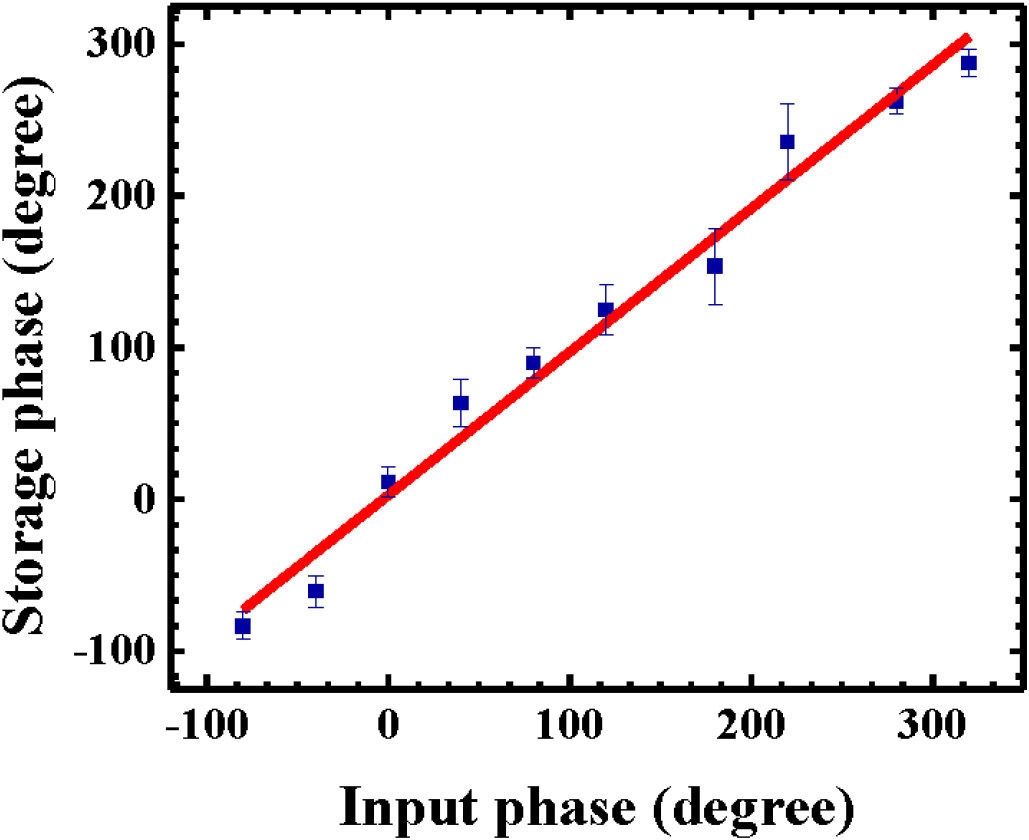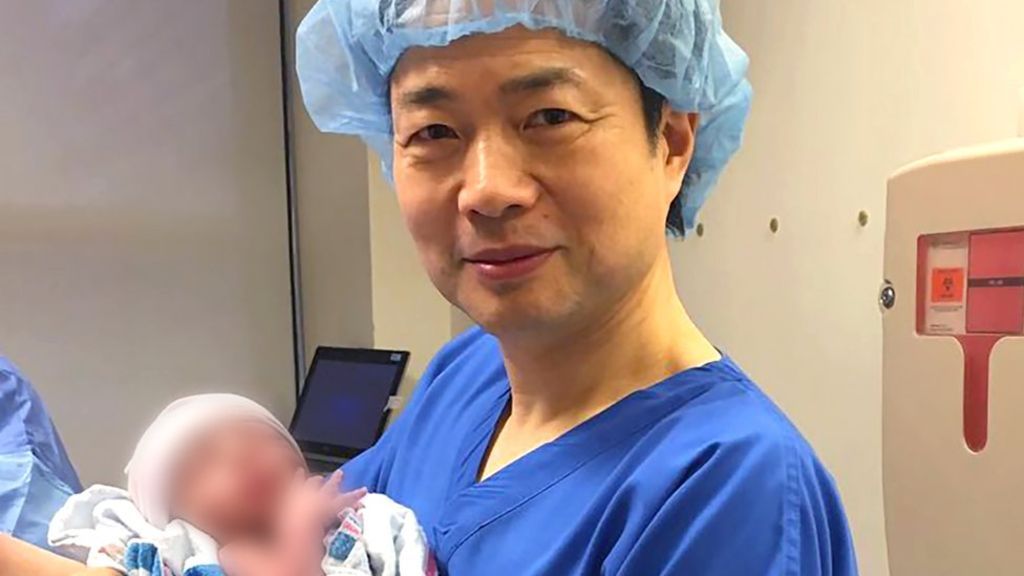Page 10834
Sep 27, 2016
Russia’s Vladimir Putin is replacing Microsoft’s (MSFT) products and servers with local alternatives
Posted by Karen Hurst in category: computing
Sep 27, 2016
Diamond storage units for photons in quantum communication
Posted by Karen Hurst in category: quantum physics
This doesn’t surprise me at all given how we can leverage synthetic diamonds and their crystal formations for light networks, QC, and now storage.
Nuclear spins in diamond can store photonic information with high fidelity and have coherence times that exceed 10s, making diamond potentially useful as a node in quantum communications.
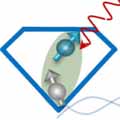
Continue reading “Diamond storage units for photons in quantum communication” »
Sep 27, 2016
Unbreakable Encryption is One Step Closer to Becoming Usable Technology
Posted by Karen Hurst in categories: encryption, quantum physics
The University of Rochester has begun work on what they call a Quantum Enigma Machine. This new machine is said to be responsible for unbreakable encryption. It will also shorten encryption keys, and make data interception much more difficult than it already is.
American Mathematician Claude Shannon came up with a binary system that would allow him to transmit messages under three stipulations: the key is random, only used once, and it has to be as long as the message itself is.
Recent studies show that scientists are theorizing that they could send a message with unbreakable encryption with a key that is much shorter than the message itself. Their theory may soon become fact as researchers have developed the quantum enigma machine.
Continue reading “Unbreakable Encryption is One Step Closer to Becoming Usable Technology” »
Sep 27, 2016
KIT team develops ‘quantum optical structure on a chip
Posted by Karen Hurst in categories: computing, nanotechnology, particle physics, quantum physics
Researchers at the Karlsruhe Institute of Technology say they have developed a quantum photonic circuit with an electrically driven light source. Described as a ‘complete quantum optical structure on a chip’, the development is said to fulfil one condition for the use of photonic circuits in optical quantum computers.
“Experiments investigating the applicability of optical quantum technology have often claimed whole laboratory spaces,” said Professor Ralph Krupke. “However, if this technology is to be employed meaningfully, it must be accommodated on a minimum of space.”
The light source for the quantum photonic circuit is carbon nanotubes which emit single particles of light when excited by a laser. Because they emit single photons, carbon nanotubes are attractive as light sources for optical quantum computers.
Continue reading “KIT team develops ‘quantum optical structure on a chip” »
Sep 27, 2016
Challenge Accept Peter
Posted by Bruno Henrique de Souza in categories: Peter Diamandis, space travel
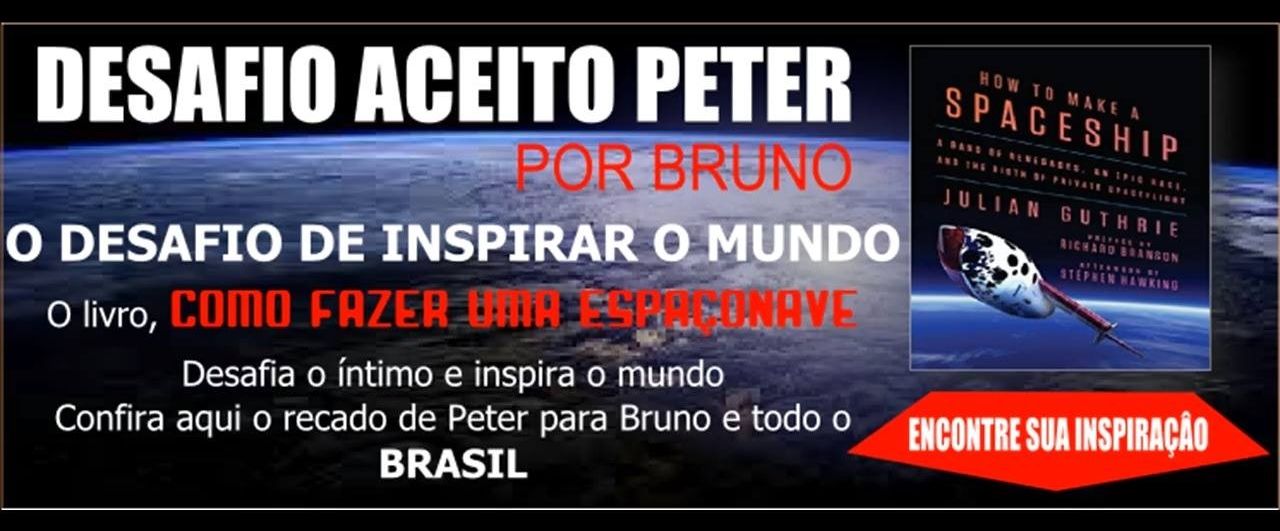
What would happen in the world if we could find renegade thinkers, give them the right dose of inspiration, and reinforce the audacity, passion and perseverance needed to pursue their biggest ideas?
How to Make a Spaceship is exactly the inspiration the next generation of audacious thinkers needs. (For more on the book, click through these tabs!)
As author Julian Guthrie said, “I hope this story is an inspiration. I hope that when you get to the end of this story, you set down the book and feel like you can go out and do something impossible in your own life.”
Sep 27, 2016
First ‘three person baby’ born using new method
Posted by Aleksandar Vukovic in categories: biotech/medical, genetics
The five-month-old boy has the usual DNA from his mum and dad, plus a tiny bit of genetic code from a donor.
US doctors took the unprecedented step to ensure the baby boy would be free of a genetic condition that his Jordanian mother carries in her genes.
Sep 27, 2016
A Primer for Deterministic Thermodynamics and Cryodynamics
Posted by Otto E. Rössler in categories: engineering, existential risks, general relativity, particle physics, philosophy, quantum physics
A Primer for Deterministic Thermodynamics and Cryodynamics
Dedicated to the Founder of Synergetics, Hermann Haken
Otto E. Rossler, Frank Kuske, Dieter Fröhlich, Hans H. Diebner, Thimo Bo¨ hl, Demetris T. Christopoulos, Christophe Letellier
Abstract The basic laws of deterministic many-body systems are summarized in the footsteps of the deterministic approach pioneered by Yakov Sinai. Two fundamental cases, repulsive and attractive, are distinguished. To facilitate comparison, long-range potentials are assumed both in the repulsive case and in the new attractive case. In Part I, thermodynamics – including the thermodynamics of irreversible processes along with chemical and biological evolution – is presented without paying special attention to the ad hoc constraint of long-range repulsion.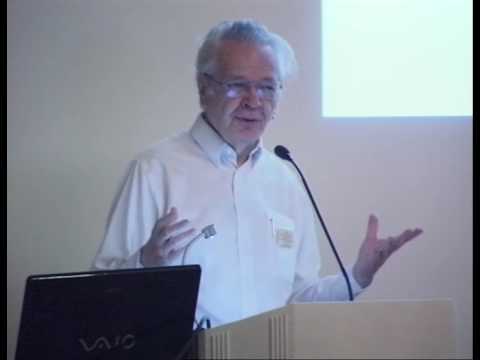 In Part II, the recently established new fundamental discipline of cryodynamics, based on long-range attraction, is described in a parallel format. In Part III finally, the combination (“dilute hot-plasma dynamics”) is described as a composite third sister discipline with its still largely unknown properties. The latter include the prediction of a paradoxical “double-temperature equilibrium” or at least quasi-equilibrium existing which has a promising technological application in the proposed interactive local control of hot-plasma fusion reactors. The discussion section puts everything into a larger perspective which even touches on cosmology.
In Part II, the recently established new fundamental discipline of cryodynamics, based on long-range attraction, is described in a parallel format. In Part III finally, the combination (“dilute hot-plasma dynamics”) is described as a composite third sister discipline with its still largely unknown properties. The latter include the prediction of a paradoxical “double-temperature equilibrium” or at least quasi-equilibrium existing which has a promising technological application in the proposed interactive local control of hot-plasma fusion reactors. The discussion section puts everything into a larger perspective which even touches on cosmology.
Keywords: Sinai gas, chaos theory, heat death, dissipative structures, second arrow, Point Omega, Super Life, paradoxical cooling, antifriction, paradoxical acceleration, Sonnleitner numerical instability, dilute-plasma paradigm, two-temperature equilibrium, ITER, MHD, interactive plasma cooling, McGuire reactor, Hubble law, Zwicky rehabilitated, Perlmutter-Schmidt-Riess wiggle, mean cosmic temperature, van Helmont, Lavoisier, Kant, Poincaré, double-faced Sonnleitner map. (August 26, 2016)
Continue reading “A Primer for Deterministic Thermodynamics and Cryodynamics” »
Sep 27, 2016
World’s First Baby Born With DNA From Three Parents
Posted by Shane Hinshaw in categories: biotech/medical, genetics, transhumanism
In a world first, a baby has been born with DNA from three biological parents.
Five-month-old Abrahim Hassan’s Jordanian parents, Ibtisam Shaban and Mahmoud Hassan, were treated by a U.S. team based in Mexico using a controversial technique that allows parents with rare genetic mutations to have healthy babies, the New Scientist reports.
Sep 27, 2016
[AI Lab] Pepper robot learning “ball in a cup”
Posted by Dan Kummer in categories: entertainment, information science, robotics/AI
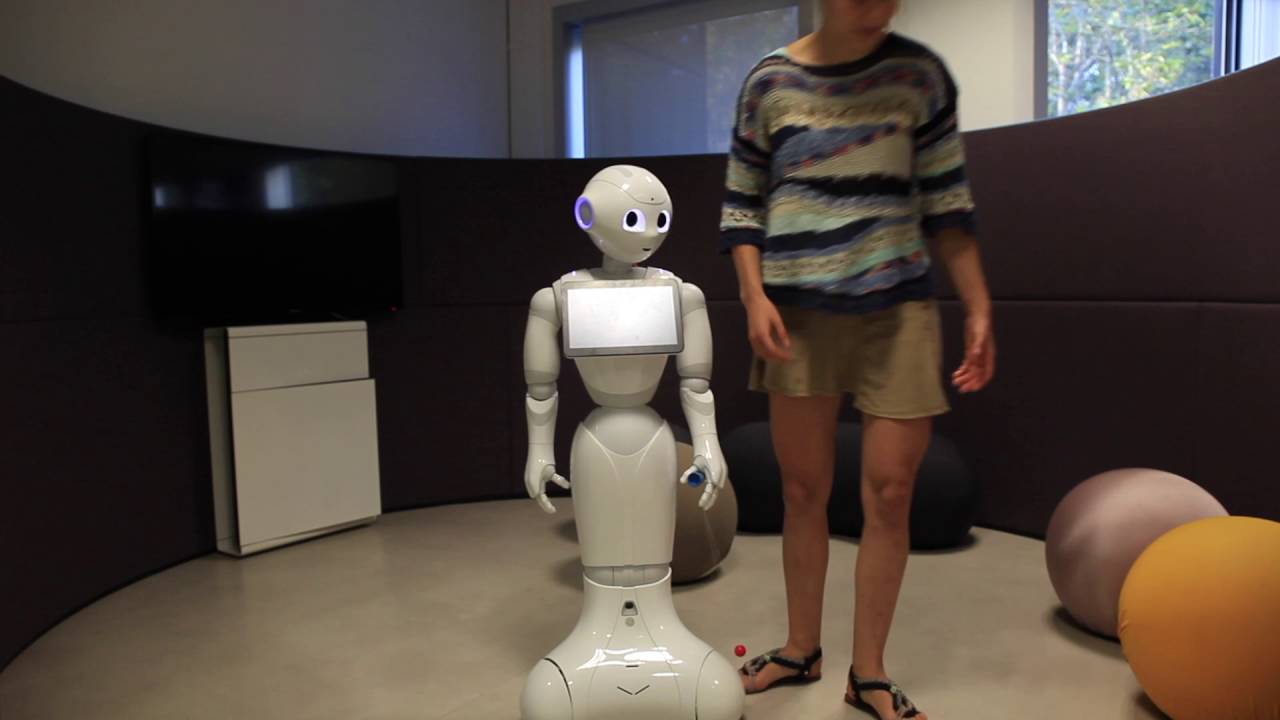
This video realized by the AI Lab of SoftBank Robotics shows how Pepper robot learns to play the ball-in-a-cup game (“bilboquet” in French). The movement is first demonstrated to the robot by guiding its arm.
From there, Pepper has to improve its performance through trial-and-error learning. Even though the initial demonstration does not land the ball in the cup, Pepper can still learn to play the game successfully.
Continue reading “[AI Lab] Pepper robot learning ‘ball in a cup’” »

